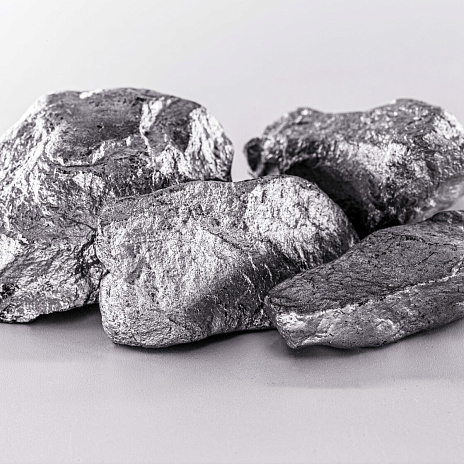
Gold prices climbed to a six-month high of $2,000 per troy ounce at the end of November (see Fig. 1), propped up by a softer dollar. Market players are waiting for updated figures on the state of the US economy and for the Fed’s reaction to see whether the price will hold at this peak. As gold catches a wave, the price gap between the ‘king of metals’ and platinum has widened to $1,100 per troy ounce, having topped the $1,000 mark for the first time in three years – above 50% to the gold price, from the recent 30%–40% (see Fig. 2).
.jpg)
-(1).jpg)
Since the start of this year, gold has gained 9.6% in value, while platinum has lost 13.9% and now sells for $935 an ounce (-6.5% YoY). Paradoxical though it may seem, platinum is losing ground while its market remains short of stock. According to the World Platinum Investment Council, the market is expected to reach a deficit of 1,071,000 ounces in 2023 as the strong year-on-year demand growth of 26% to 8,150,000 ounces exceeds weaker supply, which is expected to drop 3% YoY to 7,079,000 ounces. Next year, the deficit is forecast at 353,000 ounces, with demand reducing 6% and total supply increasing 3% YoY.
And yet the ongoing supply shortage should eventually give a lift to prices. Analysts and traders surveyed by Reuters anticipate an average price of $1,023 per troy ounce in 2024.[1] While this is slightly below the 2021 average of $1,090, it is still above the $870 and $900 observed in 2019 and 2020, respectively.
Platinum producers pin their hopes on the auto sector, which is expected to recover next year as interest rates start to fall. Note also that platinum has more and more uses in green energy, in particular in the manufacture of wind turbines, which could also give a boost to the platinum market.

 (1).jpg)
.jpg)

 (1) (3).jpg)
 (1) (1).png)
-(1) (1).jpg)
-(1) (1).jpg)
-(1) (1).jpg)
 (1).jpg)
 (1).jpg)